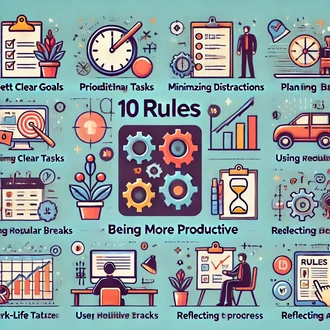Transcription Storytelling exercises
Storytelling has become an increasingly important tool for communicating ideas, motivating teams and building a strong personal brand. Through compelling and well-structured stories, we can capture the attention of our audience, deliver messages effectively and generate lasting impact.
In this session, we will explore a variety of storytelling exercises that will allow us to develop our storytelling skills and optimize our production tools in the workplace.
The importance of storytelling in the work environment
Storytelling plays a crucial role in the workplace, as it allows us to communicate information more effectively and generate a greater connection with others. By telling stories, we can arouse emotions, create empathy and facilitate the understanding and retention of information. In addition, storytelling helps us stand out from the crowd, build our personal brand and establish a deeper connection with our co-workers and clients.
Personal story identification exercise
A fundamental exercise to develop our storytelling skills is to identify and reflect on our own personal stories in the work environment. We can look for moments in our career where we faced challenges, overcame obstacles or achieved significant successes. These personal stories can be powerful tools to convey relevant messages, inspire others, and establish greater credibility in the work environment.
Narrative structure exercise
Narrative structure is a key element in effective storytelling. A recommended exercise is to practice creating strong narrative structures for our stories. We can break our stories into key parts, such as introduction, development and conclusion, and establish moments of tension, turning points and key messages. By practicing narrative structure, we can improve the coherence and impact of our stories.
Team storytelling exercise
Storytelling can also be a valuable tool in teamwork. A recommended exercise is to form groups and assign each team the task of creating a story that represents the company's values or mission. Each team can use their creativity to develop a relevant and emotionally impactful story. Teams can then share their stories with each other, fostering collaboration, mutual understanding and building a shared sense of belonging.
The ability to adapt our stories to different contexts and audiences is critical in the work environment. One recommended exercise is to take an existing story and adapt it to different work situations. We can modify details and key messages to fit different projects, teams or audiences. This allows us to practice flexibility and adaptability in our storytelling, thus maximizing the impact of our stories in various work situations.
Presentation exercise with storytelli
exercises storytelling




